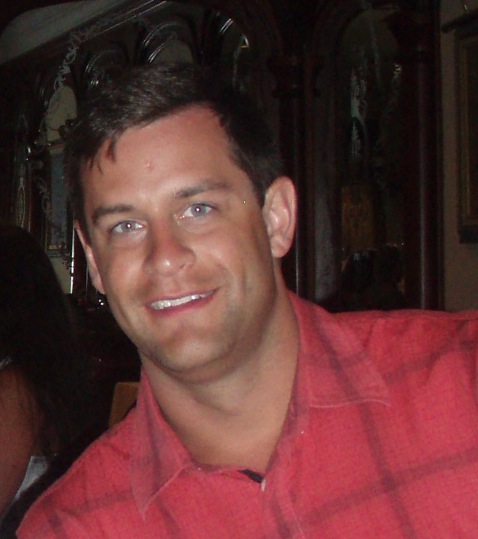I started off my Career at Syntech, Enerflex building custom control panels for various end users mainly in the gas compression business. After a few months of constructing panels I decided to take matters into my own hands and designed and built my own micro controlled lead lag compressor control panel using Microchips PIC 16F877A as the central CPU.
After showing the automation department lead my project they landed up placing me into the QA/QC department to learn about the products inside and out by testing them. I kept busy at that point and began supporting the service team in the field by fielding phone calls when they needed help troubleshooting. Main systems were Allen Bradley compact logix CPU’s, SLC 500 CPU’s, and RC2000 / RX2000 compressor controller systems.
A few months of that and the project managers landed up assigning jobs to me when the automation department was fully utilized. A couple successful projects later the automation department absorbed me into it and I began leading my own automation projects through to the field for commissioning.
I spent three years at Syntech, Enerflex and then had an opportunity to move to an integration company and diversify my skills.
Prologic Controls was the small integrator I moved to. This is where I began my venture into SIL3 rated safety systems and Functional Safety Engineering. I diversified my skills by learning a handful of PLC platforms such as; GE Fanuc 9030 and PAC8000, Siemens step 7 and TIA Portal 10.5, Omron CX-One, Modicon using Concept and Unity Pro, and HIMA using ELOP II and SILWorX.
After attending some functional safety courses such as LOPA and SIL Verification I then realized that this was the future in the process industry in Canada. So after a little over 2 years at Prologic I moved over to a startup company that was the western Canadian representative for HIMA.
Upon beginning at MICA Controls I began the HIMA country manager and I started on a functional safety project for Cenovus. Cenovus was installing a High Integrity Pressure Protection System (HIPPS) on the plant inlet for the Christina Lake Facility. The HIPPS was intended to allow for increased production without increasing the flare system sizing and relief valves. This involved the local Authority Having Jurisdiction (AHJ), which is ABSA here in Alberta, needing to sign off on it as being compliant to CSA B51. This is where the chain of specifications begins. CSA B51 refers to ASME Sec 8 paragraph UG 140 which refers to API521 which in turn points to IEC61511 for designing a performance based protection system.
So once we began deriving the Safety Requirements Specification, Functional Design Specification, and SIL verification report it was time to perform training for all the people involved in operations and engineering. a powerpoint was put together and the next few months were spent travelling to and from site to train over 150 staff members on HIPPS and the application of Functional Safety.
Once Christina Lake was operating Foster Creek phase F began ramping up. This was a bit more complicated due to the valve design being incredibly complex and given the valve hadn’t yet been assigned a probability of failure on demand (PFD) I began helping the valve manufacture with the SIL certification. This HIPPS project took about a year to complete on the front end. Once I had completed the work on the phase F HIPPS I was approached by the EPC to join the project controls team.
This was an interesting venture as I had been out of the programming realm for a couple years and was kind of itching to get back into it. So I accepted the offer and moved to ThreeStreams Engineering (TSE).
The main control system for Foster Creek Phase F is a Honeywell Experion PKS R400.2 combined with Control Logix PLC’s for specific processes and a segregated PLC system for Fire and Gas detection.
I quickly learned all about Honeywell SCADA system, Quickbuilder, and immediately started to integrate vendor packages into Quickbuilder. I was also supporting the SCADA OPC servers and the system simulation software VPLink, which was used to allow the Pre-FAT and FAT teams to completely simulate the process as if it was a live plant.
Just before joining ThreeStreams I had joined up with two partners and started up a safety lifecycle management software solution which I will get into in a later post. The reason I mention it here is that after about a year a TSE we had a company interested in purchasing the IP from us. Well after seeings its value it was decided to keep the IP but perhaps license it. So I have since moved on from TSE into my current position as the Functional Safety Team Lead and PLC/DCS Integration Specialist.
Keep checking back!
